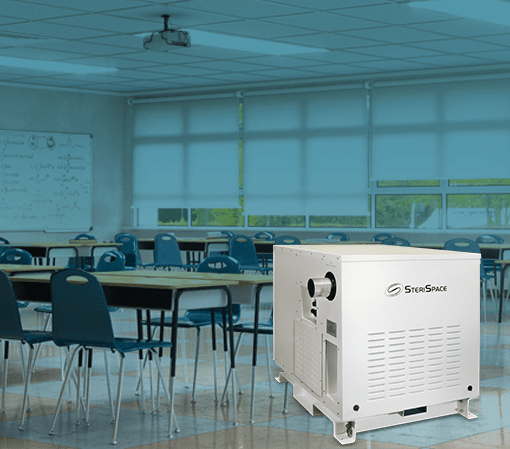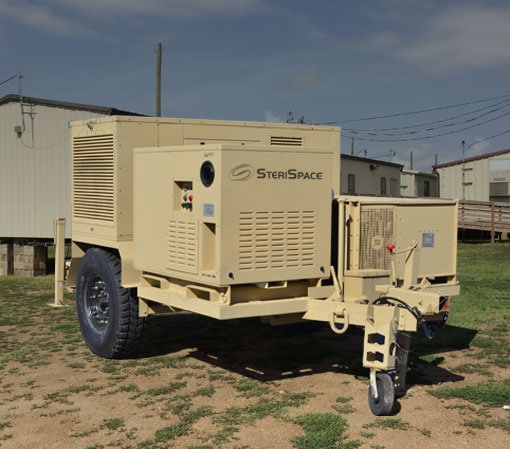Utilize Your ESSER Funding Where it’s Needed Most
ESSER II funds are only available until September 30, 2023.
Talk to our grant specialists
How much ESSER Funding are you leaving on the table?
This presents the perfect opportunity for schools to protect students and dramatically improve their building's air quality by adding SteriSpace® Air Sterilization to its comprehensive risk reduction strategy!
Since the start of the pandemic, the federal government has made billions in emergency funds available for state and local educational agencies across the country. ESSER funds allow schools to address improvements to air quality, personal protective equipment (PPE), and sanitizing materials necessary for school operations during and after the COVID-19 pandemic.
K-12 institutions may use ESSER funding to address pandemic learning loss and invest in infrastructure and programs to remain open, limit student and staff absences, and operate safely.
The first batch of ESSER funds was part of the Coronavirus Aid, Relief and Economic Security or CARES Act. The act was passed in March 2020. The CARES Act created the ESSER fund when it set aside $13.5 billion to be spent on elementary and secondary school emergency relief.
At the end of 2020, Congress passed The Coronavirus Response and Relief Supplemental Appropriations Act (CRRSA). It allocated an additional $54.3 billion for ESSER, and is referred to as the ESSER II fund.
School districts may apply for ESSER funding through their state educational agency or SEA (State Educational Agency). SEA’s in all 50 states, Puerto Rico, and the District of Columbia can apply directly to the Department of Education for ESSER funds and are responsible for allocating the funds to relevant school districts.
School districts have a limited time to spend ESSER funds. Each round of ESSER money has a specific deadline for use, or “period of availability.”
The CARES Act does allow private schools to take advantage of ESSER funds. However, the CARES Act distinguishes between for-profit and not-for-profit private schools. Regarding not-for-profit private schools, the rules state, as noted by the American Federation for Children, that they are eligible for equitable ESSER Funds “even if a non-public school has not previously participated in federal education programs, such as Title I, Part A or Title VIII of the Elementary and Secondary Education Act (ESEA).”
In contrast, the CARES Act states that for-profit private schools are not eligible for this funding through this program.
In most K-12 public schools, daily enrollment and attendance figures are still firmly tied to state and local funding – accounting for about 90% of school district revenue nationwide. It’s essential that schools do everything possible to keep students and staff healthy and absent-free.


